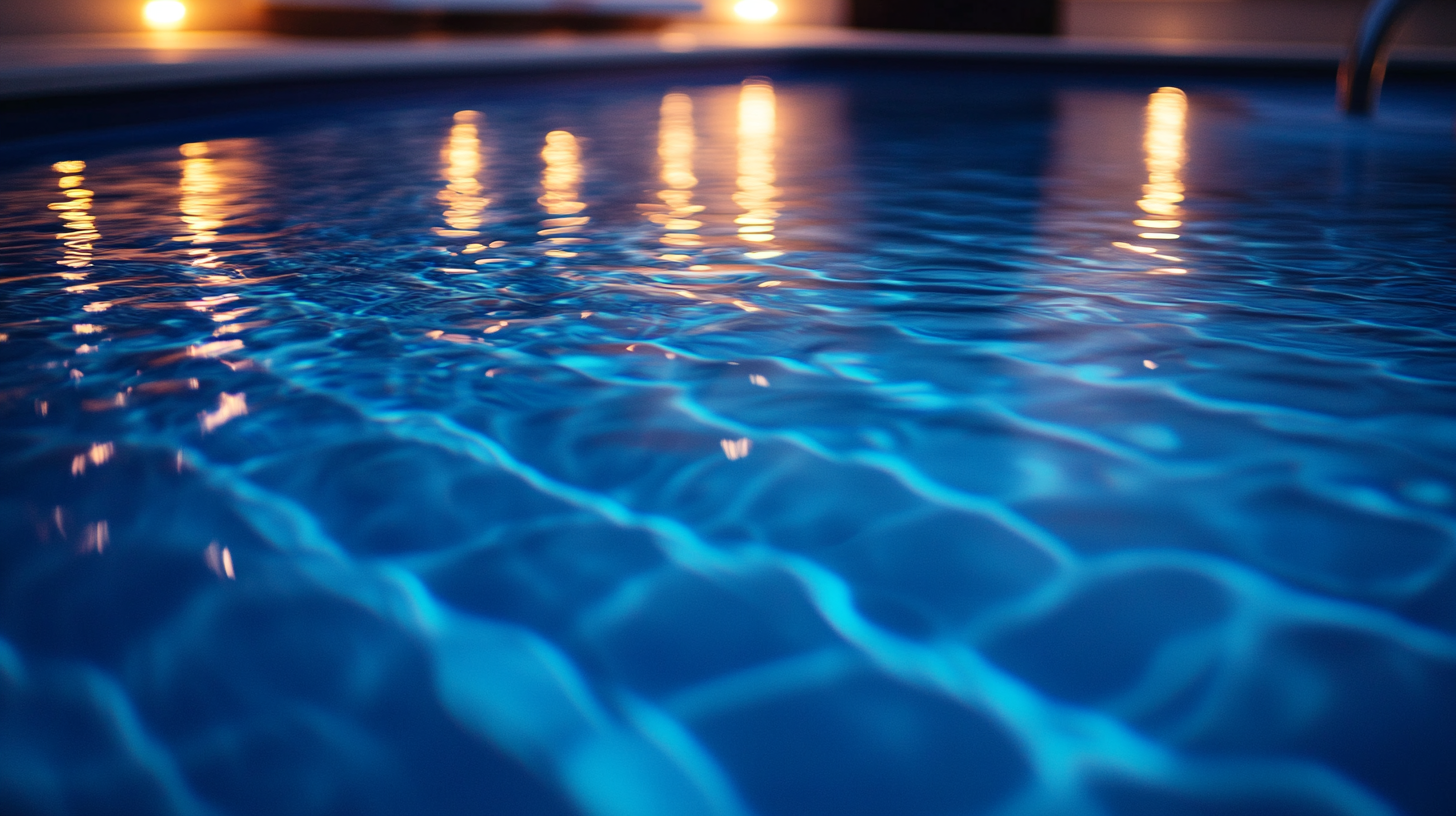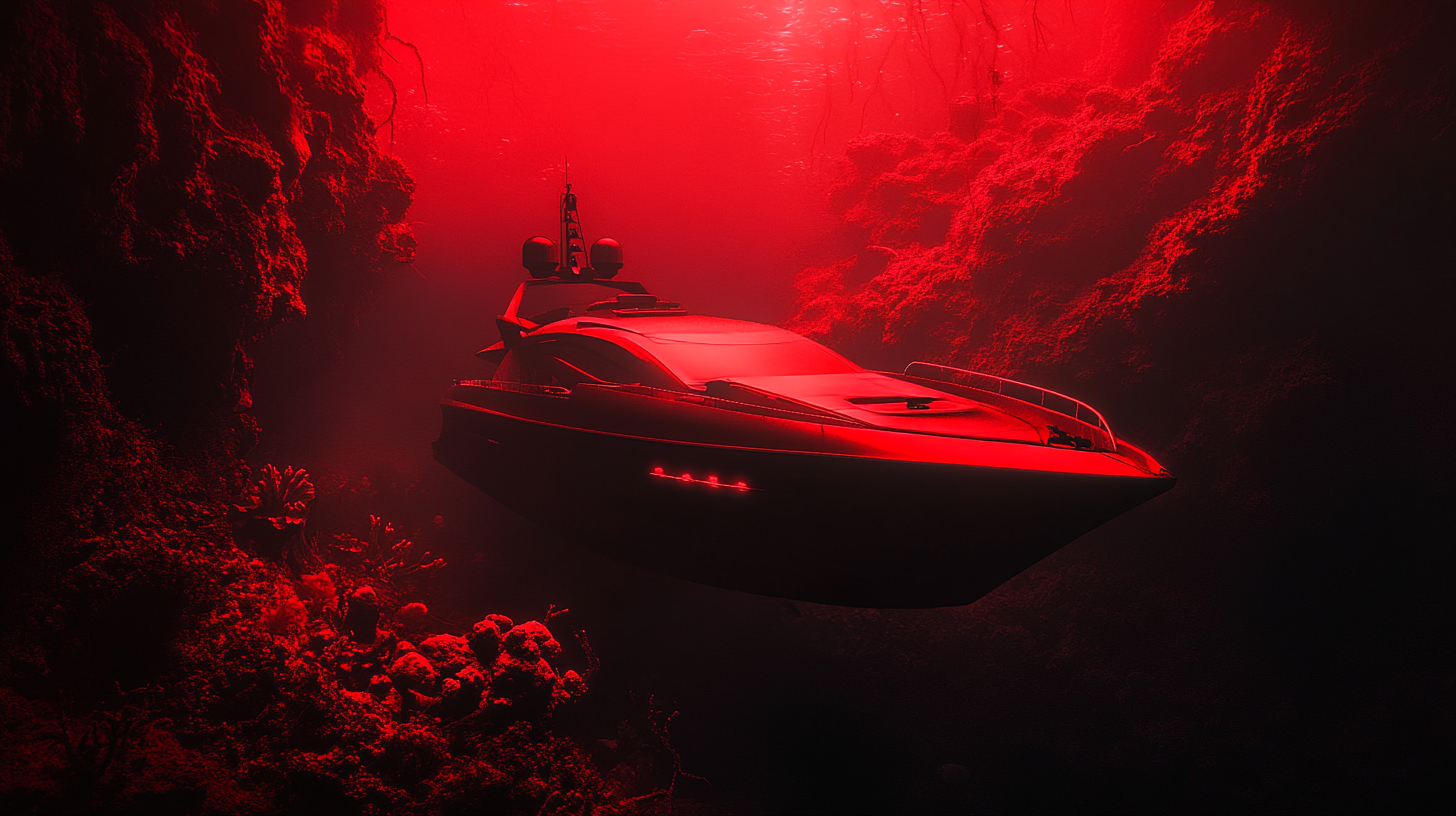Underwater pool light timers and automation
Lighting automation in underwater pools isn’t just a luxury—it’s a smart solution that can enhance both the safety and aesthetics of your pool. When you swim at night or host an evening poolside event, properly timed and automated lighting ensures that the area remains well-lit without requiring manual adjustments. Imagine not having to dash outside in the dark to switch on your pool lights. Thanks to sophisticated timers, the lights can turn on automatically at sunset and switch off at a pre-set time, saving you the hassle of remembering. This also reduces the energy bills by limiting the usage to only when needed.
Apart from convenience, automation also helps ensure that pool safety standards are met. Accidents can happen, especially in poorly lit areas, and automated lighting minimizes the risk of slips, trips, or worse around the pool area during low-visibility hours. Having reliable lighting activated by convenient timers keeps everyone safe while still adding to the ambiance of your swimming environment. With underwater lights seamlessly integrated into your pool’s overall design, you also bring out the beauty of its architecture with soft, radiant lighting.
Types of underwater pool light timers
When it comes to automating your underwater pool lights, the type of timer you choose plays a crucial role in facilitating both ease of use and customization. One of the most common options is the mechanical timer. These timers are simple to set and operate on a cyclical basis. Usually featuring a dial with an on/off switch, mechanical timers require you to physically set the time for the lights to turn on and off, making them a reliable yet manual choice for users who don’t mind handling the setup themselves. They’re quite durable and effective, but if you crave advanced features, you might want a more sophisticated solution.
For those seeking more flexibility, digital timers offer a wide array of settings. These timers allow detailed customization down to the minute and often come with various modes, such as vacation settings or randomization to mimic natural usage patterns. This is where automation starts to shine! With digital timers, you can adjust your underwater pool lights to operate in sync with your lifestyle—whether you want the lights to come on only during certain hours or even connect them to your smartphone or integrated smart home system.
Stepping into the realm of true high-tech automation, we have smart timers or smart controllers. These devices allow you to manage pool lighting through apps, voice commands, or even sensors that detect environmental conditions. Want your pool lights to gradually brighten as the sun goes down? With smart timers, it’s possible! Often integrated with home assistants like Alexa or Google Home, smart pool light automation lets you interact with your pool’s lighting system from virtually anywhere. You can schedule the lights, dim them, change their colors, or even sync them with music—making smart timers a go-to for tech-savvy pool owners seeking ultimate control.
Benefits of automating pool lights
Automating your pool lights comes with a treasure trove of benefits that go beyond just flicking the switch. First and foremost, let’s talk about convenience. Imagine coming home after a long day and not having to manually operate your pool lights. With timers and automation, the lights switch on exactly when you want them to—whether at dusk when the sun begins to set or just before your late-night swim. Plus, no more worrying about forgetting to turn the lights off once you’re done! Automating the pool lights ensures they will go off at the pre-set time, keeping your pool safe and cutting down on energy waste.
Speaking of energy, another huge benefit of automated pool lighting is energy efficiency. Timers allow you to control exactly when the lights are on and off, which helps prevent unnecessary energy consumption. This type of “smart schedule” not only keeps your electricity bills in check but is also more environmentally friendly. Smart lighting systems go one step further by enabling adaptive lighting settings that adjust to the surrounding conditions—reducing energy usage even more.
Of course, we can’t talk about the perks of pool light automation without mentioning security. Automated pool lights ensure that visibility around the pool area remains high, particularly during the evening or night when accidents are more prone to occur. Instead of relying on manual operation that could lead to forgetting to turn the lights on, a well-timed system handles it for you. Whether you’re entertaining guests or simply taking a late dip, having the right amount of light increases safety while also creating a more inviting atmosphere around your pool.
Fun isn’t left out either! Automation allows for customizable lighting that can go beyond just being functional. Fancy a colorful pool lighting display for a weekend party? With automation, you can schedule and change the colors of your underwater lights to match the mood or theme of your event—whether it’s a serene glow for a romantic evening or vibrant hues for a pool party. You can even sync your pool lights with music or set them to transition through a color cycle automatically, turning your backyard into a visual playground!
Lastly, pool light automation adds a level of sophistication to your entire backyard aesthetic. With features like gradual dimming or timers that ensure your lights turn on right when the sun dips below the horizon, you create a seamless, luxurious pool experience. No more disrupting the mood by fumbling for light switches or dealing with harsh, sudden brightness. Pool lighting automation helps you achieve an effortlessly flowing ambiance that enhances both the beauty and functionality of the space.
Installation and integration of pool light timers
When it comes to setting up your underwater pool light timers, both the installation process and proper integration into your existing pool setup are crucial. While the complexity of installation varies depending on the type of timer—mechanical, digital, or smart—the overall process usually involves the following key stages: selecting an appropriate timer, ensuring compatibility with your pool lights, wiring the system correctly, and integrating it into any existing home automation or lighting control systems you may have.
The first step is choosing the right location for the timer or control unit. For mechanical or digital pool light timers, you’ll often install them within an existing pool electrical box or near your pool’s pump system. Make sure to choose a location that’s weather-resistant, especially if you live in an area that experiences frequent rainstorms or high humidity. Keep in mind that you’ll be working with electrical components, so safety precautions like turning off the pool’s power via the main breaker are essential before installing the timer.
Next, you will need to make sure the wiring configurations are done properly. If you’re dealing with a simple mechanical timer, installation might involve connecting just a few wires between the light circuit and the timer’s contacts. The basic connections should include one for the power supply and one for the pool lights. For more advanced digital timers, you may have additional wiring for features like sensors or backup power to retain the programmed schedule even during interruptions.
For those interested in going a step further into technology, smart timers and wireless automation systems are relatively easy to integrate, especially if you already have a platform like a smart home hub. These systems generally come with detailed installation manuals and wireless networking instructions. Most smart timers operate over your Wi-Fi network, requiring you to sync the device to a dedicated smartphone app. Depending on the model, you can then link the timer to virtual assistants like Alexa or Google Home, offering voice-activated control for your pool lights. Integration with smart hubs also enables the use of advanced scheduling features, such as adjusting the pool light brightness or opting for preset scenes for different times of the evening.
After completing the wiring and setting up your timer, you can proceed to test the system. This involves turning the power back on and manually triggering the timer to see whether the pool lights react as expected. Digital and smart timers usually allow testing through a manual override or a dedicated “Test” feature accessible either on the unit or through the companion app. Ensure that the underwater pool lights come on at the appropriate times and that the timer’s programming aligns with your desired schedule. Some high-end models come with self-adjusting daylight sensors, automatically adapting to changing daylight hours at different times of the year.
If you are integrating the timer with a larger home automation system, additional fine-tuning may include linking it to other smart devices, such as outdoor light sensors, so that your pool lighting needs are fully coordinated with your home’s overall nighttime lighting strategy. Another helpful step is updating the firmware on your digital or smart timers to ensure they’re running on the latest software—which often optimizes performance and security.
Lastly, hiring a licensed electrician is recommended for most installations, particularly if you’re not comfortable working with electrical systems. While mechanical timers may seem straightforward to install, modern technologies such as digital and smart automation frequently require complicated wiring, proper grounding, and complex network setups that could lead to dangerous errors if done incorrectly.
Whether it’s a purely electrical system or one that interfaces with Wi-Fi apps and smart devices, proper installation and integration ensure the long-term functionality and performance of your pool lights.
Maintenance and troubleshooting for pool light automation systems
Maintaining your automated underwater pool lights doesn’t have to be complex, but it’s essential to keep the system functioning smoothly, ensuring safety and longevity. Routine maintenance is critical to preventing small issues from turning into major problems while also enhancing the efficiency of the system over time. Depending on the type of timer or automation you’ve installed—whether it’s a mechanical timer, a digital one, or a more advanced smart system—your maintenance approach may vary slightly, but overall, the principles are similar. Regular maintenance tasks help keep your lighting system running flawlessly, so you don’t encounter any unpleasant surprises when you want to enjoy a relaxing evening swim, or worse, find out the lights don’t work right before a big poolside party.
One of the first steps in keeping your pool light automation humming along nicely is periodically inspecting the timers and control panel. Dust and debris can accumulate inside the box, especially if your timer is installed outdoors or in a damp environment. Use a can of compressed air to blow out any dust, checking all connections for signs of rust or corrosion that might interfere with the performance. For mechanical timers, make sure the gears and dials are still operating smoothly; any signs of sticking or difficulty turning indicate it’s probably time for a professional tune-up or replacement part. Digital and smart timers, while more robust in this regard, can still benefit from a reset or a software update if they start behaving erratically. Many smart automation systems provide alerts through their associated apps if a firmware update is available, which not only helps prevent glitches but may also introduce new features or fixes that improve performance.
Another crucial aspect of maintaining an automated pool lighting system is checking the condition of the wiring. Over time, pool light wiring can degrade due to constant exposure to moisture and temperature fluctuations. You’ll need to inspect the electrical connections closely for any wear or damage, particularly where wiring links to your timers and power source. If you’re uncertain about what to look for, this is where it’s wise to call a professional. Hairline cracks in the insulation or any signs of burning and fraying signal that the wiring needs to be addressed immediately to avoid potential electrocution or brownouts that could short the entire system—including your expensive timers. It’s better to nip wiring issues in the bud before they result in a total pool light failure.
Flickering lights or intermittent service are classic indicators that you need to troubleshoot your automation system. While this could point to a problem with the lightbulbs themselves, it is often symptomatic of a failing timer or a malfunction in the control system. For traditional mechanical timers, check if the timer’s dial is aligned properly and that its teeth haven’t worn down. Sometimes, the timer may need recalibration to keep the lights synced up with your preferred schedule. If basic adjustments don’t resolve the issue, the internal mechanism may be worn out and require replacement. For digital or smart timers, use the device’s manual or troubleshooting guide to reset the timer or review error codes via the app. One common fix for smart systems is simply restarting the device, similar to rebooting a smartphone. It’s remarkable how often a quick reset clears up connectivity issues or intermittent functionality problems.
For systems connected to the internet, another vital aspect of maintenance is ensuring your Wi-Fi signal remains strong in the pool area; after all, smart timers rely on a stable connection to function properly. A disrupted internet connection or even outdated router firmware can cause your automated pool lighting to switch on or off at the wrong time, or not at all. If you notice lag or failed commands when trying to operate your pool lights via an app or smart assistant, it could be a sign of weak Wi-Fi coverage. Consider upgrading your router, adding a range extender, or moving the smart controller to a location that has a better, more stable signal.
Finally, it’s essential to check the bulbs themselves. LED pool lights, which are commonly used with automation systems, are designed to last a long time, often thousands of hours, but that doesn’t mean they’re immune to wear and tear. If you’re noticing diminished brightness or color consistency, it’s a sign that a replacement might be in order. When swapping out bulbs, be sure to turn off the power at the circuit breaker first to avoid any electrical mishaps. Pool lights often operate under high voltage, so never attempt bulb replacements or extensive wiring repairs without cutting the power supply.
In terms of preventative measures, you can avoid many troubleshooting headaches simply by conducting seasonal checkups on your underwater pool lights and their automation systems. During these checkups, you should test the system to ensure the lights come on and off as scheduled. You’ll want to simulate different conditions, such as changes in daylight or different temperature scenarios, to ensure all features are working correctly. If your system includes ambient light sensors, verify that they respond to shifts in natural light as intended. Also, monitor how well the automation is syncing with real-world conditions, especially after a firmware or software update. Sometimes updates can alter settings, so it’s a good idea to periodically double-check these timers.
Identifying and solving issues early will help avoid pool light system failures that can disrupt your enjoyment and pose a risk to the safety of swimmers at night. Whether you’re dealing with traditional mechanical timers, advanced digital controls, or high-end smart automation systems, a little regular attention to maintenance goes a long way. With proper care, your underwater pool light automation system will provide years of convenience, safety, and aesthetic appeal, making every night swim a dazzling experience.


